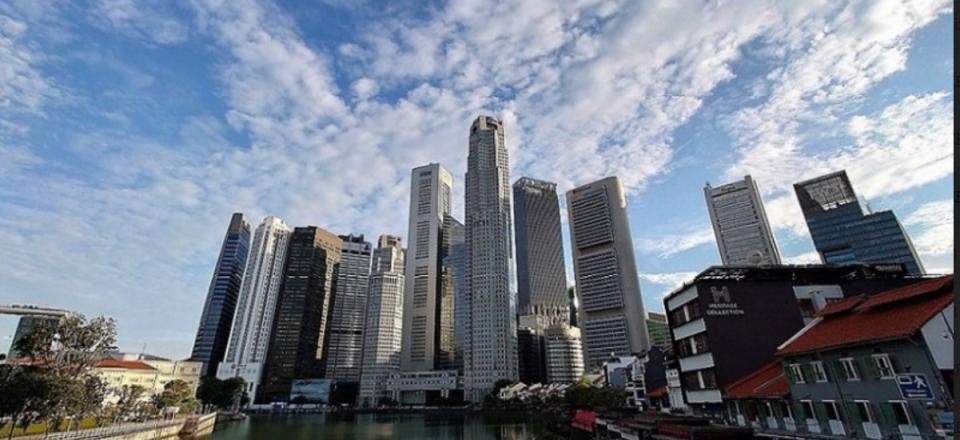Straits Times Index rebounds sharply but temporarily as risk-free rates decline

STI rebounds sharply to above the 50-day MA as risk-free rates fall, but this trend may be temporary
Technically, the chart of the Straits Times Index has improved, as the STI ended the week of July 18-22 up 82 points, at 3,181, taking the index above its 50-day moving average at 3,159, and the resistance level of 3,160.
Quarterly momentum, which was showing a positive divergence with the STI in the week of July 12-15, has continued to rise. On the other hand, annual momentum remains at the low end of a two year range; and the 100-day and 200-day moving averages are poised for a negative cross on July 26 at 3,230.
Since indicators are mixed, the upside for the current rally is likely to be at 3,230, while support remains at 3,095.
Despite neutral to positive technical indicators, market sentiment remains fragile as investors keep a wary watch on the bond market. Yields on the 10-year Singapore Government Securities (SGS) have retreated after moving above 3% in mid- to late June. Yields ended at 2.78% as at July 22, in reaction to the decline in US treasury yields on July 21 as recession concerns increased. If this trend persists, risk-free rates may continue to ease. In the immediate term though, risk-free rates may fluctate within a range.
Despite these uncertain fluctuations in risk-free rates, policy rates are set to trend higher. On July 21, the ECB raised policy rate by 50 basis points (bps) for the first time in 10 years. The US Federal Reserve looks set to raise its Federal Funds Rate by at least 75 bps. Following the June hike, the FFR is at 1.5% to 1.75%. A further 75 bps hike will take it to above 2.25% to 2.5%.
As a result, cost of capital - which includes both cost of equity and cost of debt - for markets in general is likely to stay higher than it was a year ago, which implies that the consolidation phase in the market is unlikely to have ended.
See Also:
Click here to stay updated with the Latest Business & Investment News in Singapore
STI’s indicators neutral to weak despite rebound as yield curve inverts
Tina and her friends Fomo and Foho stave off market bottom — for now
Get in-depth insights from our expert contributors, and dive into financial and economic trends

 Yahoo Finance
Yahoo Finance 